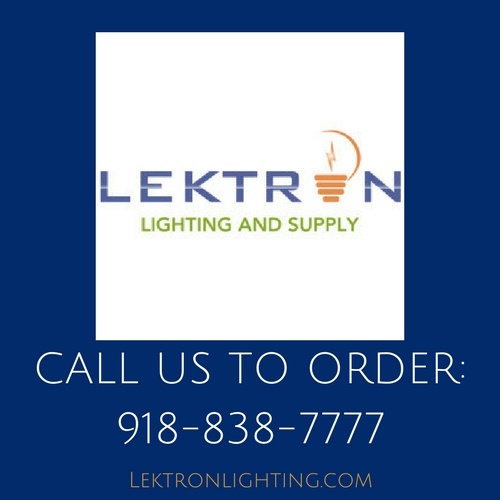
Ever since the passing of the Energy Independence and Security Act in 2007, the light bulbs found on store shelves have been changing. Slowly incandescent bulbs have been swapped out with halogen, CFLs, and LEDs. Out of all of the new options we have in stores and online; LED lights are proven to be the best. But how do you buy a light bulb with so many options?
How to Buy a Light Bulb | What to Know
The common problem is that not everyone knows how to buy a light bulb that’s right for their needs. The goal of switching out the options for lighting is to save energy and help people save money at the same time. While CFLs or halogen lighting are both more efficient than incandescent bulbs, LEDs are more energy efficient.
LEDs have been proven to be 75-80% more efficient than incandescent bulbs. They even last 25 times longer than incandescents as well. CFLs offer similar energy savings as LEDs but last half as long as them, and halogen bulbs only save a quarter of the energy that LEDs save.
What You’ll Save
The goal of updating the bulbs available to the public is simple; save energy and save money. The most important part to consumers is the money-saving part of the entire process. While switching to LED lighting will be an expensive process, over time, the savings will be apparent.
There are even ways the US Government or local energy companies can help you make the switch. According to the US Department of Energy, people who switch their bulbs will save an average of $6/year/per bulb. In addition, consumers will see even more savings adding up over the lifespan of the LED bulb since they can last much longer than any other type of bulb available.
What to Look For
We are all used to the measurement of incandescent bulbs being the “Watt.” The watt tells us how much energy a bulb uses, and most of us are used to seeing 60 or 75-watt bulbs in our stores. While the watt does tell us the amount of energy it uses, it doesn’t tell us how much light is produced.
The biggest problem with incandescent bulbs is that they produce more heat than light and the heat is unnecessary when providing light. LED bulbs and all of the energy-efficient bulbs are easier to read once you understand to look for the “lumens.”
The lumen is a measurement of how much light is produced by the bulb. Still, many consumers are used to seeing watts instead of lumens. A good way to cheat is to learn the chart below.
- Replace a 100-watt bulb with a 1600 lumens bulb
- Replace a 75-watt bulb with an 1100 lumens bulb
- Replace a 60-watt bulb with an 800 lumens bulb
- Replace a 40-watt bulb with a 450 lumens bulb
When shopping for a new bulb and trying to stay energy efficient, these are the most important things to know. However, there are other things to be considered, like light color and temperature or shapes and size. All of these things we’d be happy to help with.
All you need to do is contact us today with your questions, and we’ll get you ready to make the energy-efficient changes.


